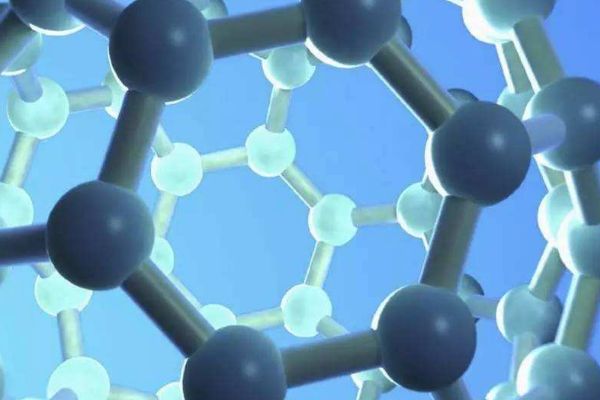Antifoam agents must undergo rigorous biodegradability testing to ensure they do not persist in the environment. Biodegradation rates and environmental fate studies inform the selection of eco-friendly options.

Increasingly, manufacturers are turning to natural and biobased materials to formulate non-toxic antifoams. These products minimize risks to human health and aquatic ecosystems.
Renewable feedstocks, such as vegetable oils, starch, and cellulose, are being explored for the production of eco-friendly antifoam agents. This reduces dependence on fossil fuels and supports circular economy initiatives.
Ecotoxicity assessments evaluate the potential impact of antifoams on aquatic organisms. This data is critical for making informed decisions about product selection and usage.
As consumer awareness of sustainability grows, demand for green antifoam agents is rising. Governments are also implementing regulations to promote the use of environmentally friendly chemicals, including incentives for manufacturers and restrictions on hazardous substances.
Water treatment facilities are embracing green antifoam agents as part of their broader sustainability strategies. This transition involves evaluating existing practices, identifying opportunities for improvement, and adopting innovative solutions that minimize environmental footprints.

 English
English
 Chinese
Chinese Vietnamese
Vietnamese
 HOME
HOME
 PRODUCT
PRODUCT
 NEWS
NEWS
 CONTACT
CONTACT


